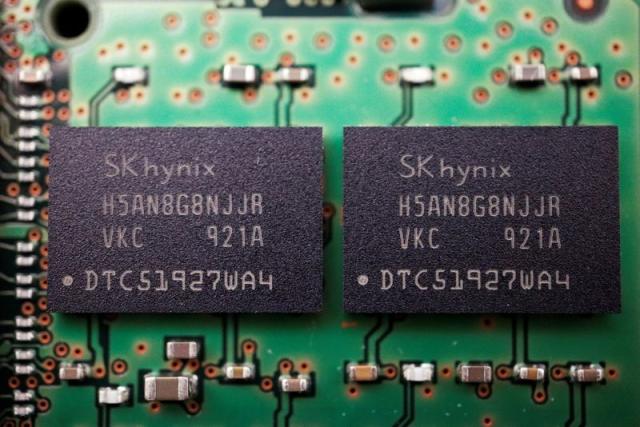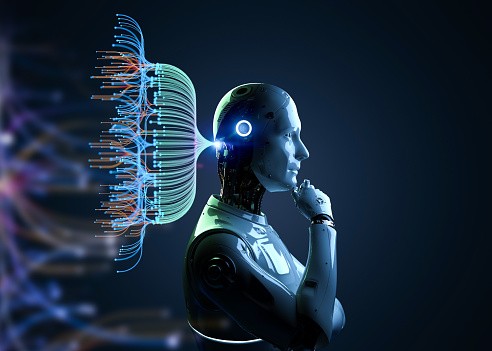Adobe Puts Generative AI at the Center of Creativity: Exploring New AI Tools
In recent years, artificial intelligence (AI) has revolutionized the way we approach various tasks. One area where AI has made significant advancements is in the field of creativity. Adobe, a leading software company known for its innovative products, has embraced this trend by launching new AI tools that leverage generative AI to enhance the creative process. In this article, we will delve into Adobe’s latest announcements and explore how these tools can empower design professionals to push the boundaries of their creativity.
Introduction to Generative AI in Creativity
Generative AI refers to the use of artificial intelligence algorithms to create new content, such as images, text, or even music. By analyzing existing data and patterns, generative AI models can generate unique and original content that mimics human creativity. This technology has gained significant traction in recent years, with companies like Adobe, Google, and Microsoft investing heavily in its development.
Adobe’s Annual MAX Conference: Showcasing New AI Capabilities
At Adobe’s annual MAX conference, the company unveiled its latest AI capabilities, highlighting how generative AI can be integrated into the daily workflow of design professionals. The conference served as a platform for Adobe to showcase major new AI enhancements across its core product lines. Let’s delve into some of the key announcements made by Adobe during the conference.
Firefly: The Generative AI Imaging Tool
Adobe’s generative AI imaging tool, Firefly, received significant updates at the MAX conference. The software giant introduced three new artificial intelligence models, expanding the capabilities and possibilities of Firefly. These enhancements enable design professionals to create high-resolution images with intricate details, such as foliage, skin texture, hair, hands, and facial features. With these improvements, Firefly empowers designers to create photorealistic humans and bring their visions to life.
Illustrator and Adobe Express: Enhancements for Designers
In addition to Firefly, Adobe also introduced new features for Illustrator and Adobe Express, two popular software tools used by designers worldwide. These enhancements leverage generative AI to streamline the design process and provide designers with powerful capabilities. For instance, Adobe Express now incorporates the Firefly Design model, allowing designers to generate templates using a new Text-to-template feature. This feature enables designers to save time and effort by quickly generating design templates based on text prompts.
Photoshop: Text-to-Image Capabilities
Photoshop, Adobe’s flagship image editing software, also received updates to its text-to-image capabilities. With the advancements in generative AI, Photoshop now offers improved text-to-image conversion, allowing designers to transform text into visually appealing images seamlessly. This feature opens up new possibilities for designers to experiment with typography and create unique visual elements for their projects.
Adobe’s Approach to Generative AI
Adobe’s approach to incorporating generative AI into its suite of products is centered around collaboration and responsible AI development. The company actively engages with the creative community through beta releases, seeking feedback to improve future versions of its AI tools. Additionally, Adobe ensures transparency by providing information about the data used to train its AI models and emphasizes the responsible and ethical use of AI.
The Impact of Generative AI in the Creative Industry
The integration of generative AI into creative workflows has the potential to transform the creative industry. By leveraging AI tools, design professionals can push the boundaries of their creativity and explore new possibilities. Generative AI enables designers to automate repetitive tasks, generate new ideas, and unlock innovative approaches to design. This technology empowers designers to focus more on the conceptualization and ideation process, while AI takes care of the technical aspects.
Future Implications and Opportunities
As generative AI continues to evolve, it holds immense potential for various industries, including advertising, marketing, and entertainment. The ability to create unique and personalized content at scale can revolutionize marketing campaigns, enabling brands to connect with their audience on a deeper level. Additionally, generative AI opens up new avenues for storytelling and content creation, allowing filmmakers, game developers, and animators to bring their visions to life in unprecedented ways.
Conclusion
Adobe’s commitment to integrating generative AI into its suite of products highlights the growing importance of AI in the creative industry. The new AI tools showcased at the MAX conference provide design professionals with powerful capabilities to enhance their creativity and streamline their workflows. As generative AI continues to advance, it will undoubtedly reshape the creative landscape, empowering designers to push the boundaries of their imagination. With Adobe leading the way, the future of generative AI in creativity looks promising.




